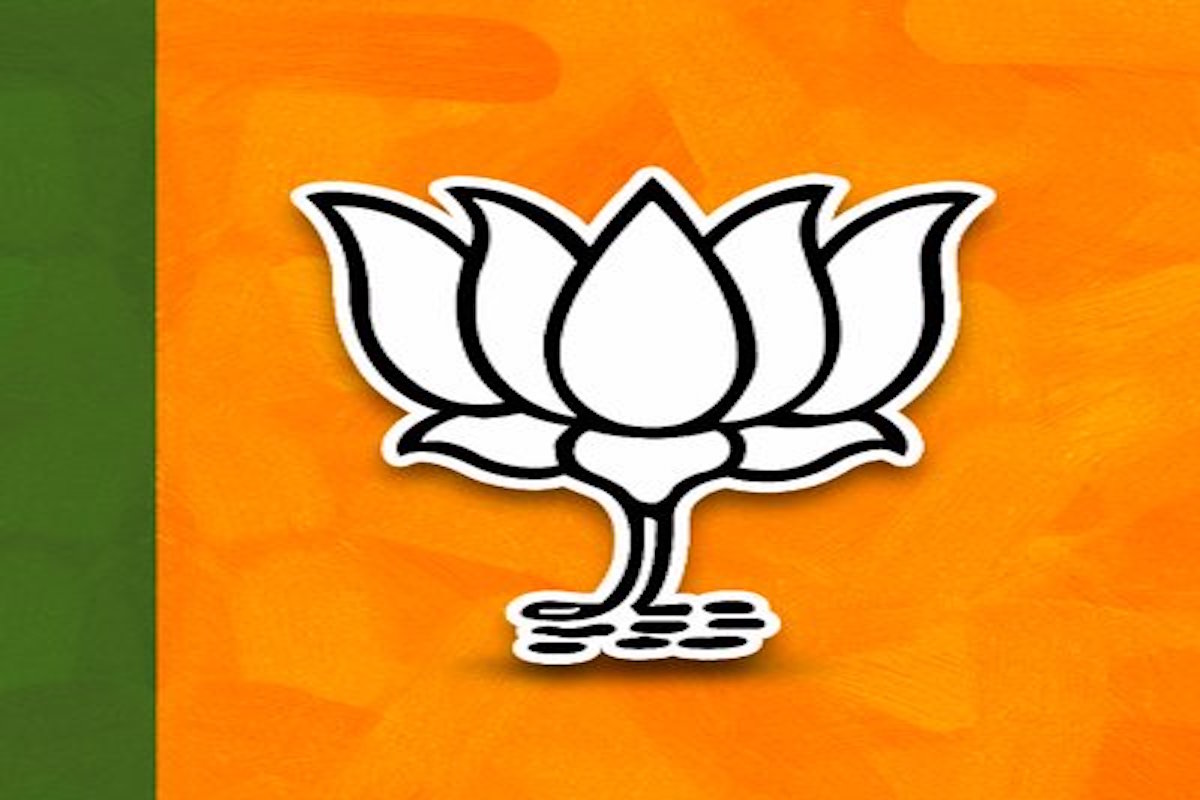To say the Bhartiya Janata Party is the big winner in the election to the Greater Hyderabad Municipal Corporation, which covers a sprawling area of the Telangana state capital and adjoining areas including one of the country’s premier IT hubs, would be stating the obvious. It went from four seats to nearly 50 in one of the richer and more prestigious civic bodies in India with an annual budget of Rs 7,000 crore and a strength of 150 members.
Of greater interest in mapping the emerging political landscape in India would be the serious questions the poll results raise for the Opposition ~ the ruling regional party, the Telangana Rashtriya Samithi (TRS) led by Chief Minister K. Chandrashekhar Rao (KCR), which saw it tally cut by nearly half to 50-odd; the community focussed AIMIM of Asaduddin Owaisi, which just about managed to hold on to its 43 seats in the walled city dominated by the Muslim community and the Congress, which retained the two wards it won in the 2016 poll by the skin of its teeth thereby continuing its drift into irrelevance.
Advertisement
Reams will continue to be written on the BJP party machine, its life-and-death approach to contesting elections, and its determined bid to expand its political footprint across the country. But the GHMC results are also in a sense a microcosm of the lay of the electoral land across a majority of states.
For, the model of the BJP as a national party constituting one pole and a combination of an embarrassingly feeble second national party (Congress), a strong regional force (in this case the TRS), and a minority-community dependent ‘secular-vote spoiler’ comprising the other pole is now evident nationwide. The question for the Opposition, therefore, is what lessons if any it has learnt from Hyderabad.
The wily politician that KCR is, he recognised long before the penny dropped for the national media that the BJP would be the main challenger in a state where it was previously among the also-rans. So, he advanced the GHMC election due in March 2021 to give the saffron camp as little time as possible to prepare organisationally, ended (at least publicly) the TRS’ alliance with the AIMIM to try and prevent a consolidation of the non-Muslim vote in favour of the BJP, and tried desperately to focus on effective governance after the widespread criticism of his administration’s handling of the recent floods. Yet, the results have been far from ideal for the antiBJP camp.
The portents for the TDP and YSR Congress in Andhra Pradesh; the Dravidian parties and Congress in Tamil Nadu, the Left, Congress, and IUML in Kerala and the TMC, Congress-Left and AIMIM in West Bengal – to mention only a few of the states where the BJP is looking to make inroads – are ominous. The BJP will hope these parties continue to flog the electorally dead horse of secularism, ally with minority communal forces, and promote dynasts for top spots so it continues to shine by contrast.









